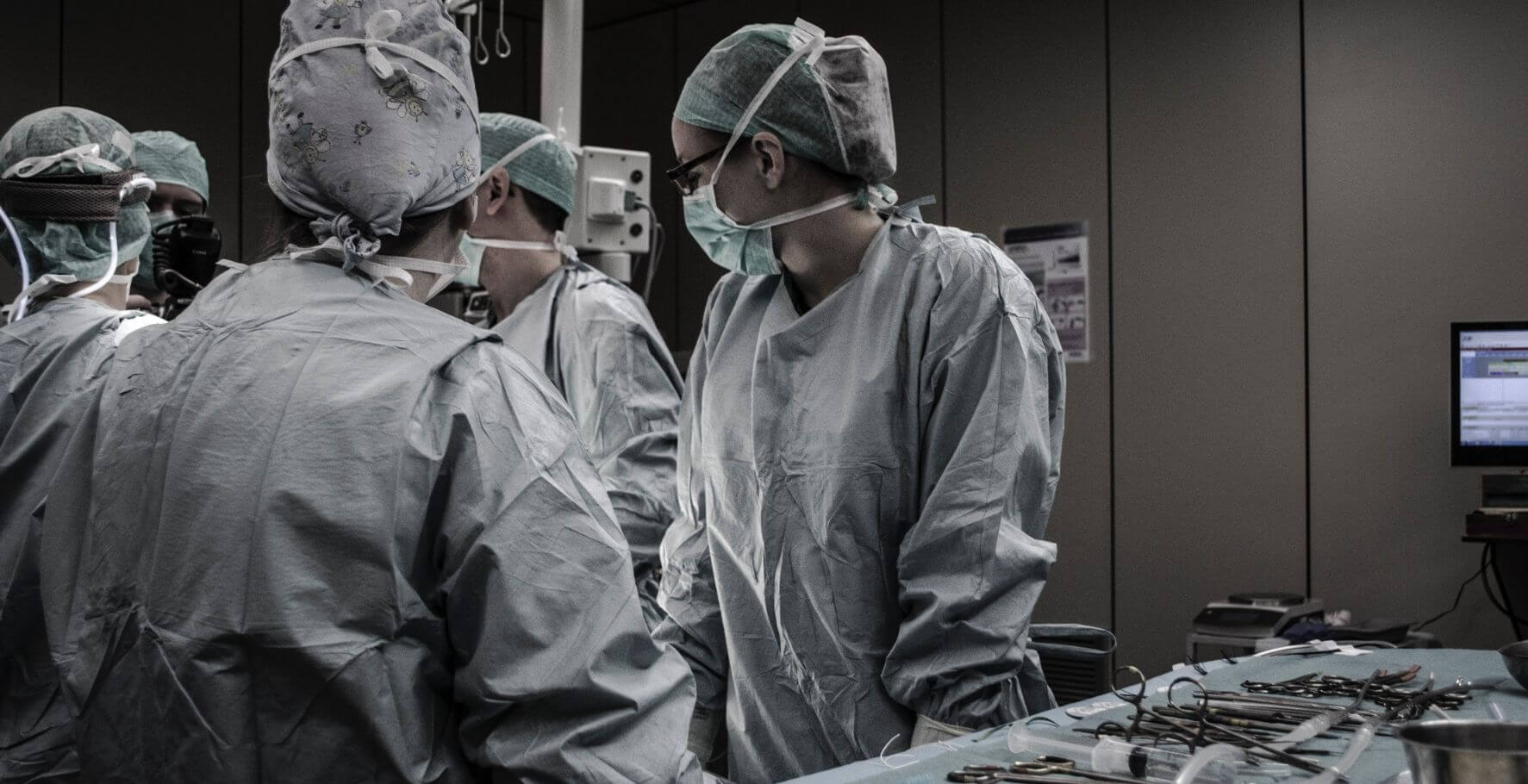A Day in the Life of a Medical Student
Charlotte Mitchell is in her fourth year studying medicine, currently undertaking clinical training at the John Radcliffe Hospital.
Hailing from a family of doctors, Charlotte also is a keen tennis player, cellist, and singer, and is a member of a number of university sports teams and music ensembles.

What Is It Like To Be A Medical Student?
Life as a medical student is very varied. It largely depends on the speciality you are placed with and how your team of doctors chooses to include you. Admission to top medical schools, such as Oxford or the University of Cambridge Medical School, requires a strong medical personal statement and a passion for the field. Charlotte’s involvement in various extracurricular activities for medicine helped her stand out.
Mostly, time is spent following doctors, asking questions and standing in the way; however, the hours spent observing are made worthwhile by the occasional participation in a medical procedure. Each placement is very different in structure, but as a first-year clinical student, a day in Acute General Medicine would generally go like this:
Daily Schedule of a Medical Student
08:00: Wake up. I like to maximize sleep and therefore keep my morning routine to a rushed 30 minutes of getting up and sorted!
09:00: The ward round starts. Our team of 4 doctors (consultant, registrar and 2 junior doctors) and 4 medical students are responsible for all the patients that came into A+E (Accident and Emergency) when we were ‘on call.’ Normally, we split up into 2 doctors and 2 medical students in order to see all the patients every single day.
10:00: The hospital is at full capacity, particularly in the winter, so we have to rush all over the hospital to see the patients who would have been on our ward, but have been placed in other free beds. The junior doctors note down any scans, blood tests, or drug changes that need to be made for each of the patients. We watch the consultation with the patient and sometimes assist in documenting their progress in the medical notes.
11:00: We start to look at the list of jobs that the junior doctor has accumulated. Often, we offer to help with these. This is the highlight of the day! We volunteer to take cannulas out of patients – often a very painful process, akin to ripping a huge plaster off a hairy arm! We also like taking blood from patients, and this can be tricky, particularly if patients are dehydrated and their veins aren’t very good!
12:00: We are trying to finish seeing all the patients on our list, in a race to beat the ‘Protected Mealtimes Bell’! Once this bell is rung on the wards, we are no longer allowed to talk to patients and so we have to race the mealtime assistants to the patient!
13:00: Finally lunchtime! If your team are really nice, they will let you into the ‘Doctors’ Mess’ which is far nicer than the student version! It even has a table football table and free hot drinks! Lunchtime is a time for the team to catch-up on the progress of the day and discuss any interesting and difficult patients. This is great for learning, as the doctors have a bit more time to explain anything that you may have found confusing.
14:00: Finishing the morning’s ward round becomes the priority for the afternoon, following the doctors. Sometimes there is an apt opportunity to talk to a patient and ask them about an interesting disease that they have. Many of the patients are bored in hospital and love having medical students chat with them and practice their examination skills!
15:00: Often we have afternoon teaching in small groups with a consultant. They discuss interesting cases with us and we think about the ways in which we would investigate and treat certain patients.
16:00: Home-time! Sometimes the team will have an evening/night shift, for which we go back, but most days the day can end at 4 pm and we can enjoy socialising with others!
Embracing the Rewards and Opportunities of Medical Student Life
A lot of the time, the day can seem from its structure to be highly repetitive. However, the reality is that the quantity of medicine and insight into a doctor’s thought process is invaluable. Additionally, the knowledge that in 2 years’ time we will be able to contribute to the health and happiness of people is highly rewarding!
To enhance their learning experience, medical students can also benefit from a selection of essential books for medical students.
For students considering a career in medicine, attending a Oxford medicine summer school and participating in medicine summer courses for 12-14 year olds or medical work experience for 15-18 year olds can provide valuable insights and learnings early on.